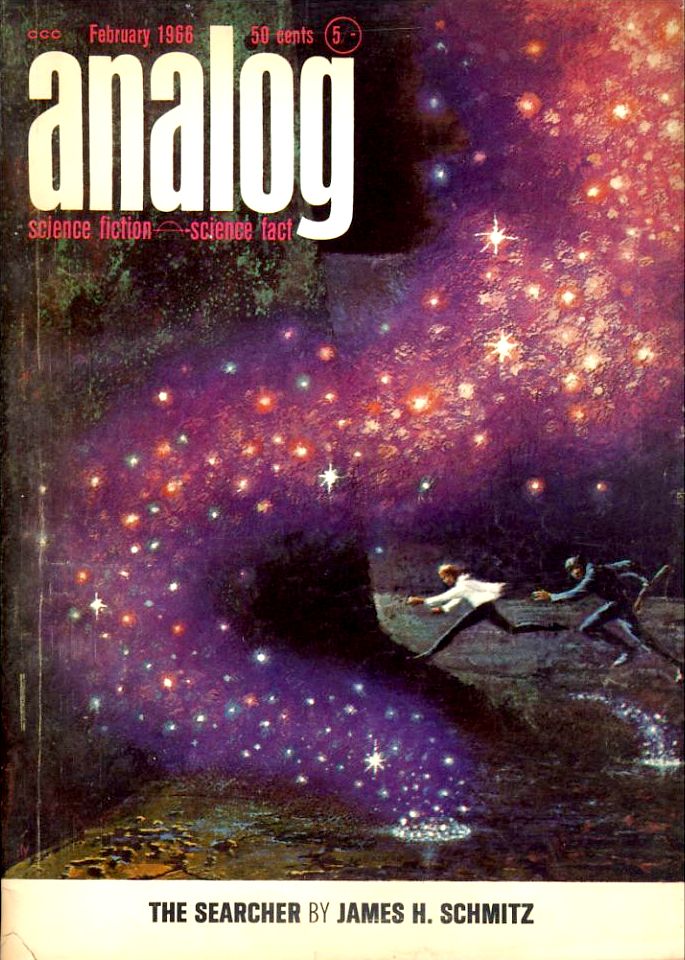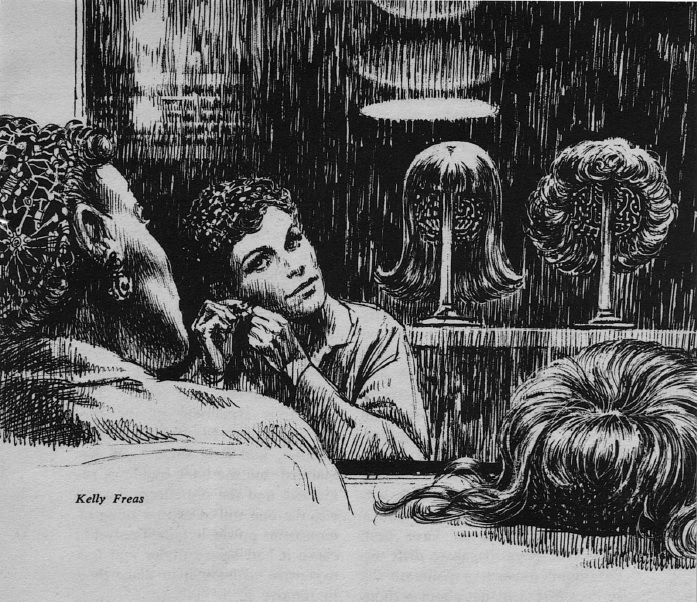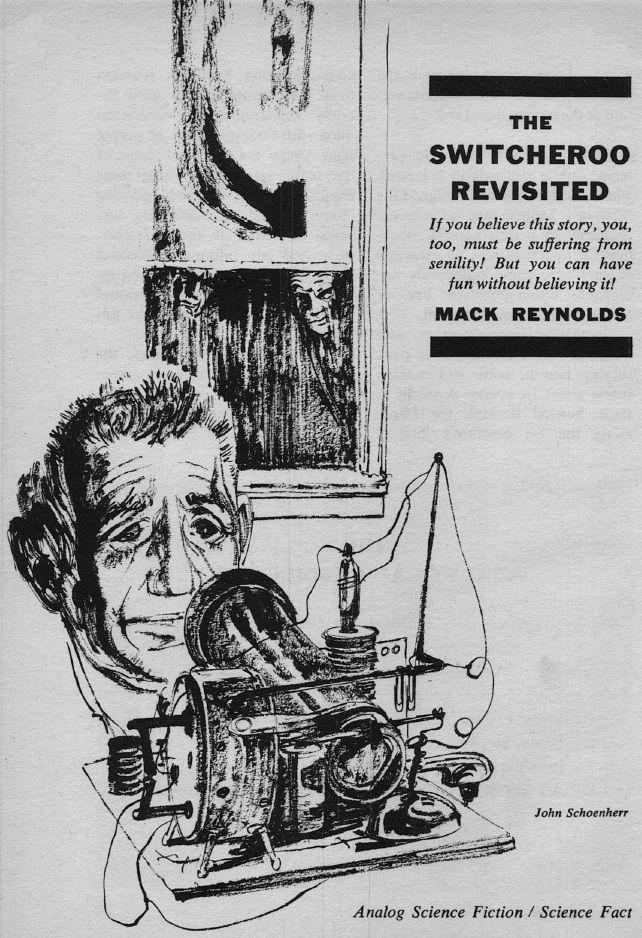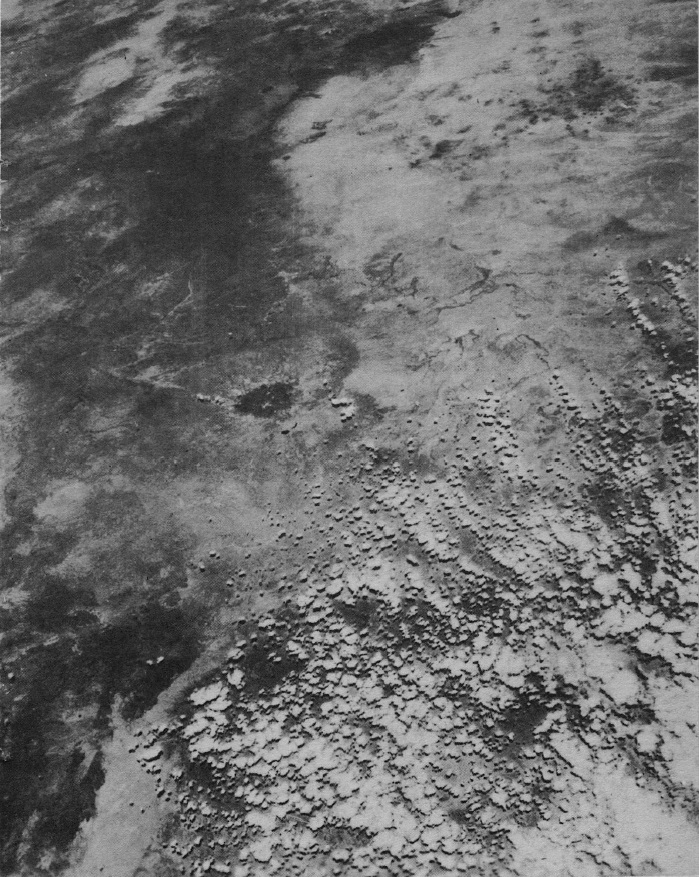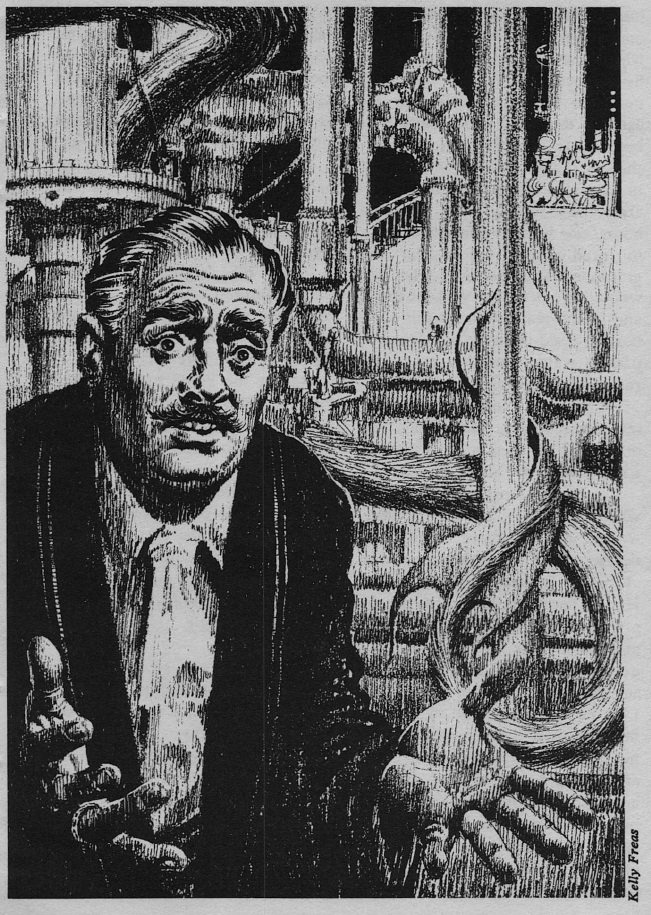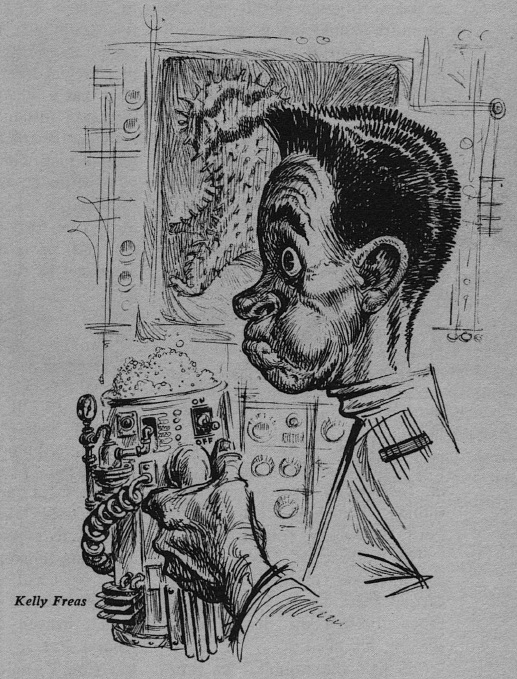
by Dana Pellebon
A Fortuitous Meeting
Hello travelers! I’m very excited to begin my journey with you. I had the pleasure of recently meeting Gideon Marcus at a fundraiser for Heifer Inc. While raising money for this important organization, I had the opportunity to talk with him about some of our shared interests. We found out that we were both born in California, enjoyed quite a bit of the same music, and have a shared love of sci-fi.
My love of sci-fi began with the release of the Godzilla movies from Japan. The fantastical storylines and the varied monster villains captures my imagination. The excitement of it all culminates with the King of the Monsters, Godzilla, taking over the screen, creating havoc, and establishing dominance. So when Gideon talked about writing something for Galactic Journey, it was an easy choice for me to say yes and then to cast about for an example of my favorite genre of sci-fi movies, giant monsters.
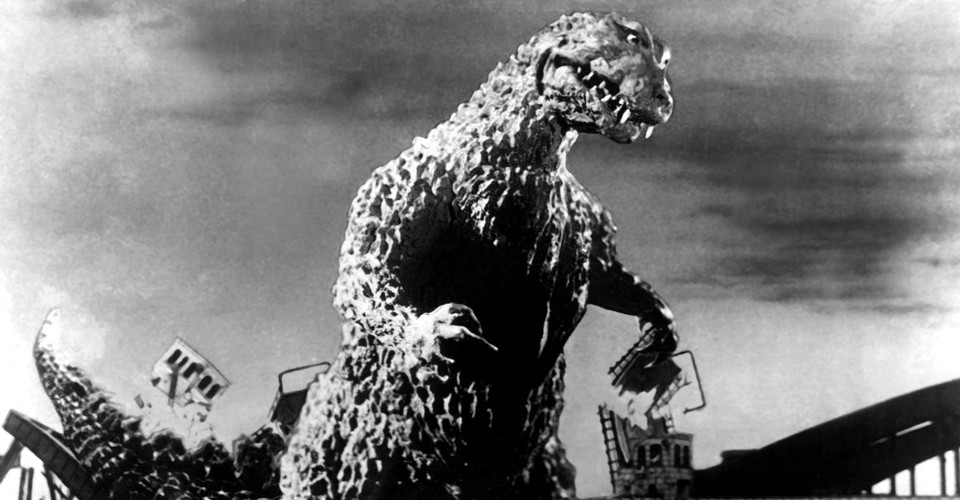
Gojira, 1954
It's Movie Time!
I was lucky to find a fine example of the genre from the last decade on television. Them! was released in 1954, the same year Godzilla first made landfall. Written by Ted Sherdeman and directed by Gordon Douglas, Them! is one of the pioneers of the nuclear monster movies and is one of the first overgrown bug features. At least, so it said in the newspaper. Thus intrigued, last weekend I settled into my couch with my Jiffy Pop popcorn to spend the next hour and a half transfixed.
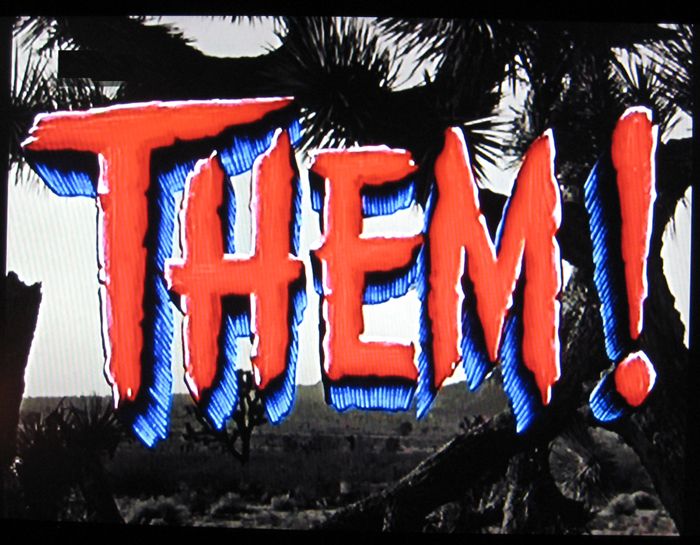
Them!, 1954
The story opens with some fantastic mood music and sweeps over the desert with a bird’s eye view from a plane. That alone is already exciting. Soundtracks are so important to the feel of the movie and the soundscape immediately inspires dread and suspense. You see a figure walking alone, which is an unusual way out in the middle of nowhere, and it turns out to be a mute little girl. As soon as I see a kid wandering alone obviously traumatized, it immediately puts me on edge which heightens the already suspenseful moments. When the officers start to transport the young girl to the hospital, there’s a high pitched sound and you see her respond briefly unbeknownst to the officers next to her. But, it’s a disconcerting moment. Further investigation finds she is the sole survivor of an attack on her family. At this point, the movie sets the stage for a mystery and the suspense is already killing me to find out what’s next.
More Than Just A Pretty Face
Another killing and disappearance later, the police and FBI agents on the case are perplexed to learn two scientists from the Department of Agriculture are joining the investigation. Meeting them at the airport, the first exit from the plane shows the legs of a man, Dr. Harold Medford. On the second exit, you could see the shapely legs of a woman in heels. I am pleasantly surprised that the second scientist is a woman named Dr. Patricia Medford, the daughter of Dr. Harold Medford. The focus, however, is not on her as an attractive woman but as a researcher. She isn’t there as decoration but is an active, equal part of the investigative team. Having a female lead character where the central theme is her brains and not her beauty is a refreshing departure from how women are commonly depicted in film.
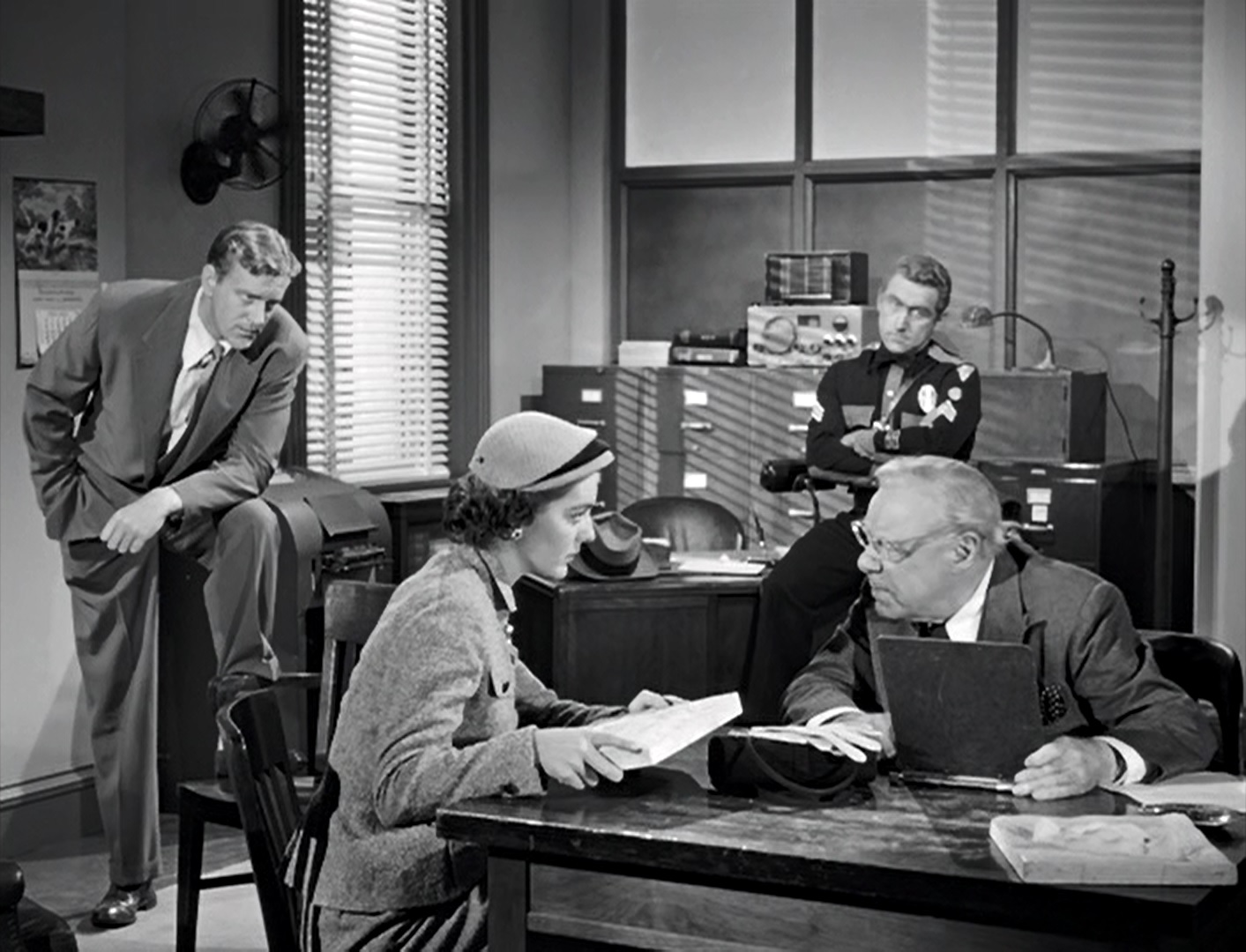
Drs. Patricia and Harold Medford deep in discussion while Agent Graham and Sgt. Peterson listen in
She and her father are myrmecologists and they take the lead on the investigation into the killings. They are very reticent to give information and are hostile to questions about their process. It is surprising how much leeway the scientists are given with the FBI and police. But, a strong woman lead makes me happy and it is a pleasant change of pace over the traditional paradigm. After the team starts investigating in the desert where the child was found, the gigantic ant reveals itself to attack Dr. Patricia Medford. The first ant vs. human shootout occurs on film and it is a gas! Even though the gigantic ant is a little corny and doesn’t move very fast, there is a palpable sense of urgency. After realizing hand guns are not doing the trick, the police officer brings out a machine gun and puts down the ant.
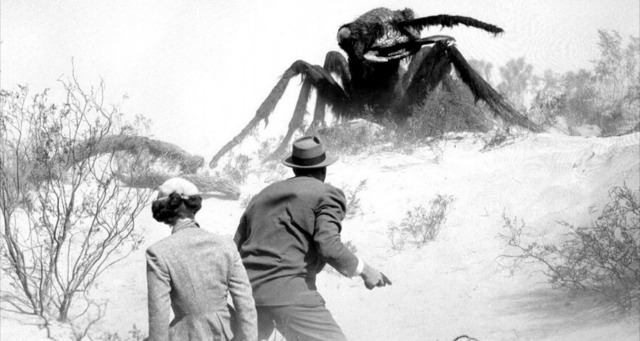
Ant attacks Dr. Patricia Medford and Agent Graham!
The rest of the plot becomes a cat and mouse game of finding the wayward ants and eradicating them. From cyanide gas to bombing to flamethrowers, humans go through great lengths to protect themselves and their territory. It is at this point that I feel pretty sorry for the ants. They really were just following their nature, foraging for food and being ants. In fact, the whole situation is really our fault: it is revealed that the ants were mutated by the atomic bomb tests of the 40’s. Our thirst for atomic bombs created literal monsters that then have to be killed. Dr. Harold Medford states the final lines of the film, which ends up being the most poignant moment for me personally:, “When Man entered the atomic age, he opened a door into a new world. What we’ll eventually find in that new world, nobody can predict.”
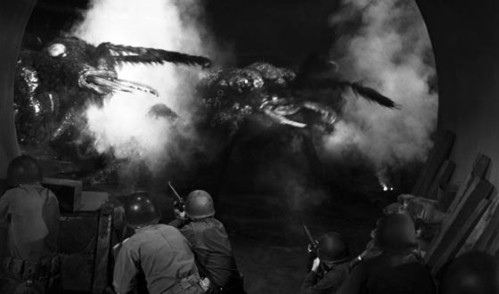
Final Showdown!
The Atomic Age?
I’m holding out hope that this new nuclear world Dr. Medford mentions won’t be in too much of a hurry to destroy itself. We've already seen the horrors it produced at Hiroshima and Nagasaki in 1945 and we got a sneak preview of coming attractions during the Cuban Missile Crisis. And now I have to be on the lookout for giant animals when I’m back in the desert Southwest!
Nevertheless, I really enjoy this movie, which shares common themes with Godzilla. The conceit that humanity’s interests take precedence, regardless of the cost to nature (and the ensuing catastrophe this causes humanity) is something that gets played with quite a bit in those movies and I end up ultimately rooting for what many people consider to be the villain. Plus, in addition being morally resonant, Them! is just a lot of fun. I am now craving more “monster” movies and will be scanning the local listings to expand my palate of sci-fi.
Four stars.
The Journey is once again up for a Best Fanzine Hugo nomination — and its founder is up for several other awards as well! If you've got a Worldcon membership, or if you just want to see what Gideon's done that's Hugo-worthy, please read his Hugo Eligibility article! Thank you for your continued support.

![[February 16, 1966] An import-<i>ant</i> next step in my Sci-fi journey (<i>Them!</i>)](https://galacticjourney.org/wp-content/uploads/2021/02/660216cover-672x372.jpg)

![[February 14, 1966] "…to Replace the Pounds and the Shillings and the Pence" (Australia Goes Decimal)](https://galacticjourney.org/wp-content/uploads/2021/02/Dollar-Bill-1.png)

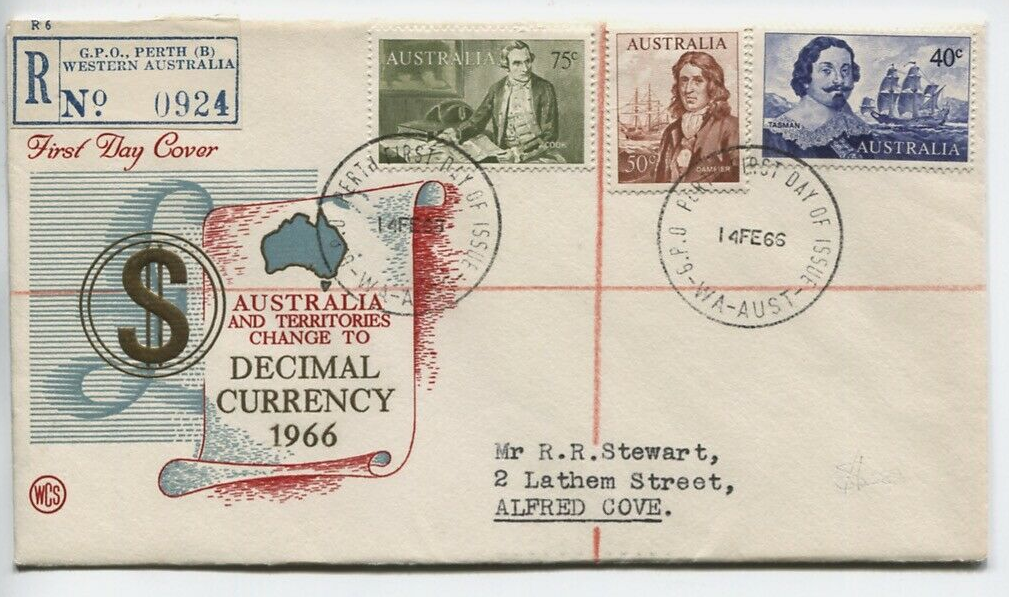
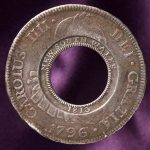
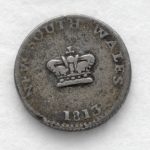
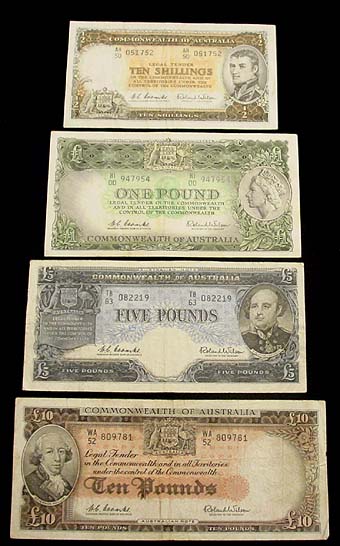
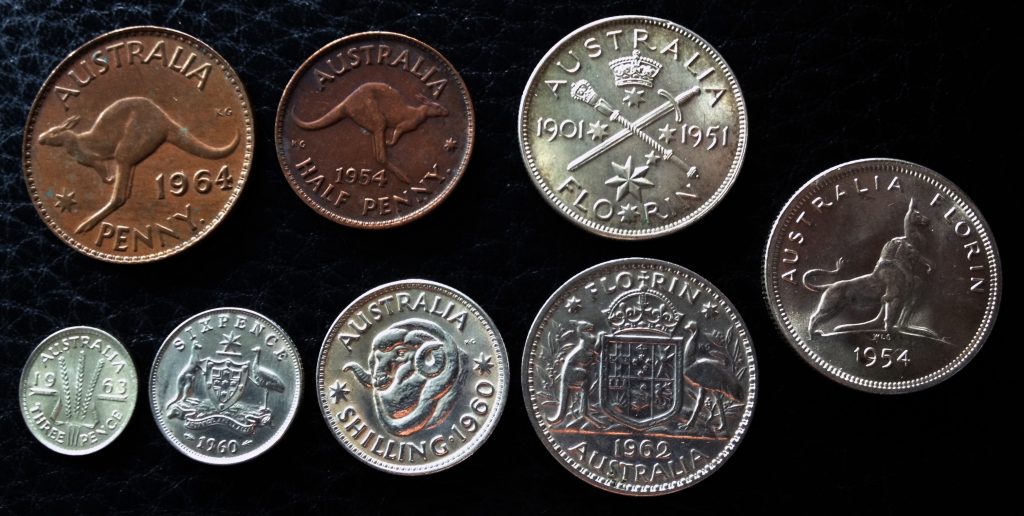

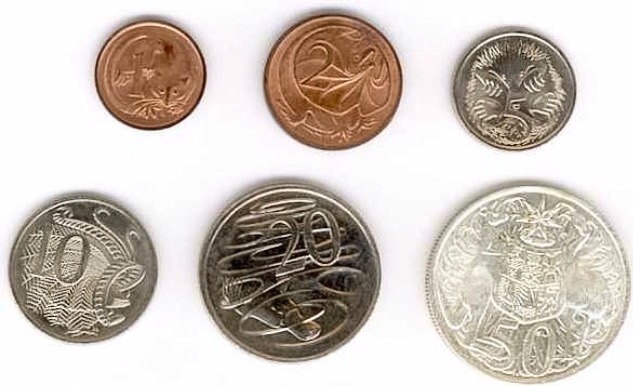


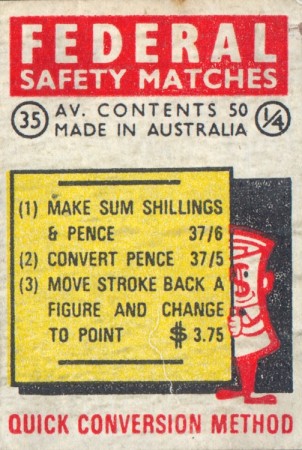

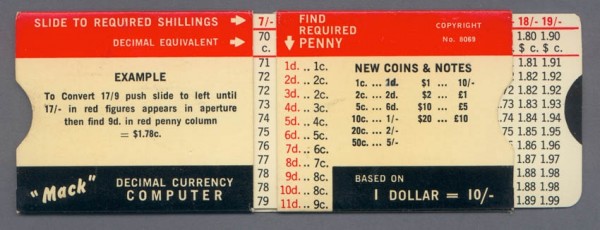
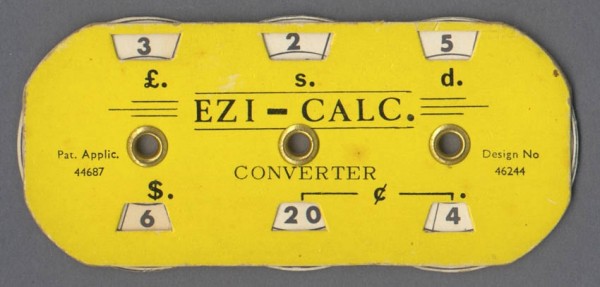
![[February 12, 1966] Past? Imperfect. Future? Tense. (March 1966 <i>Fantastic</i>)](https://galacticjourney.org/wp-content/uploads/2021/02/Fantastic_v15n04_1966-03_0000-3-672x372.jpg)






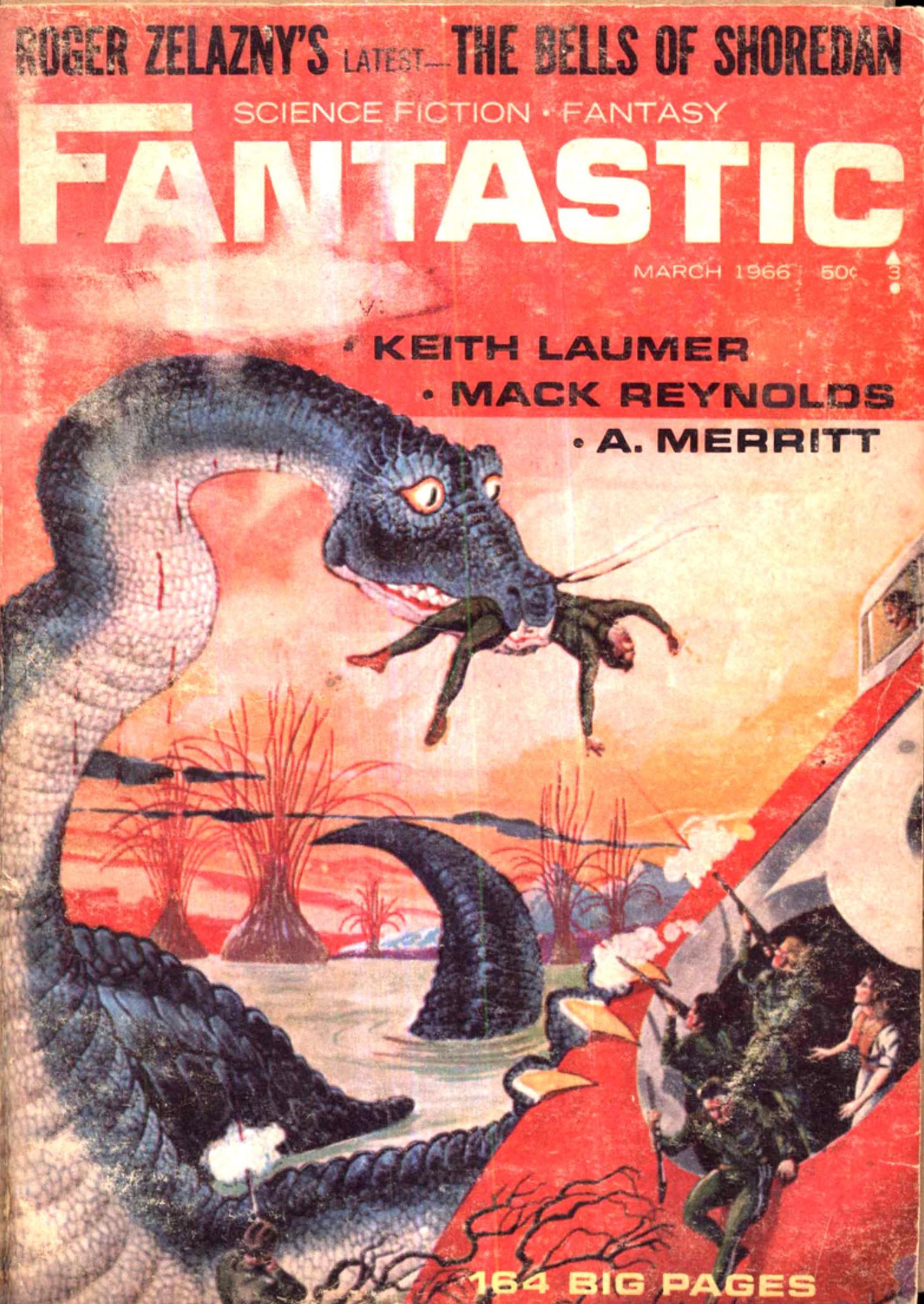



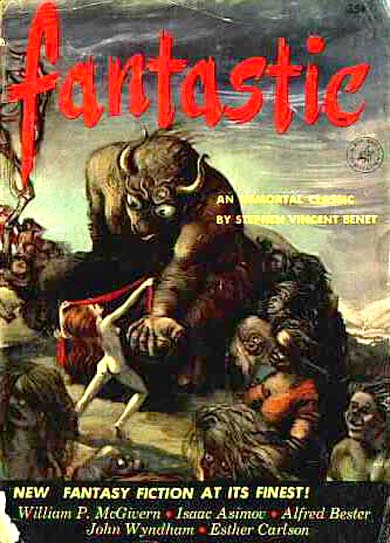
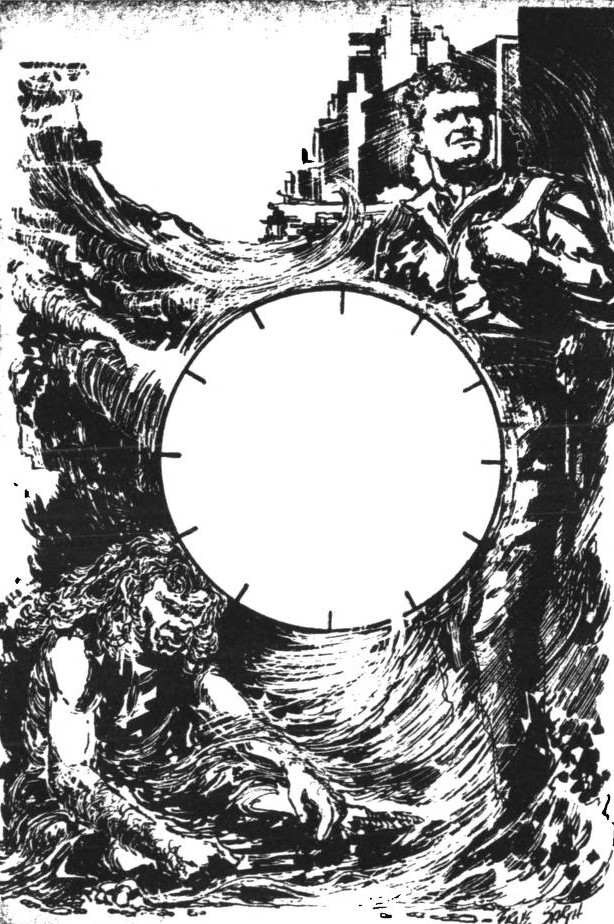

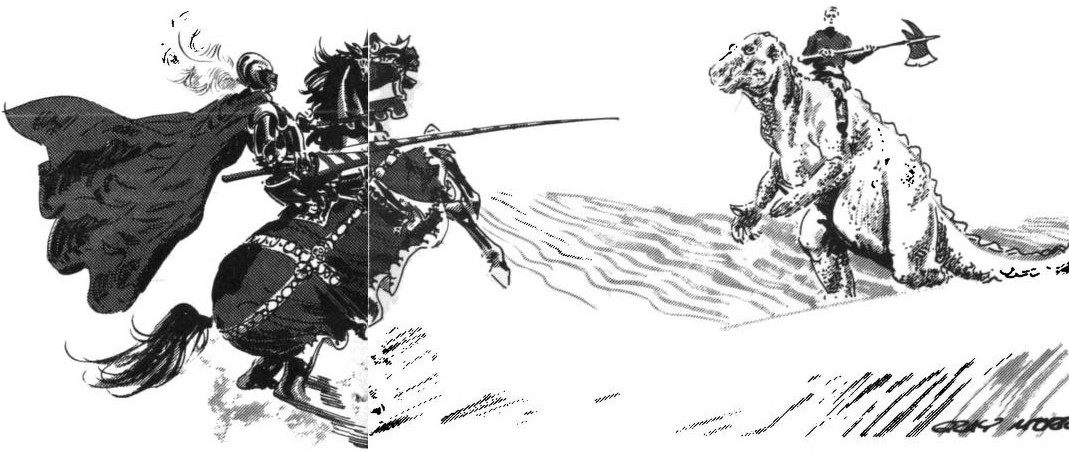
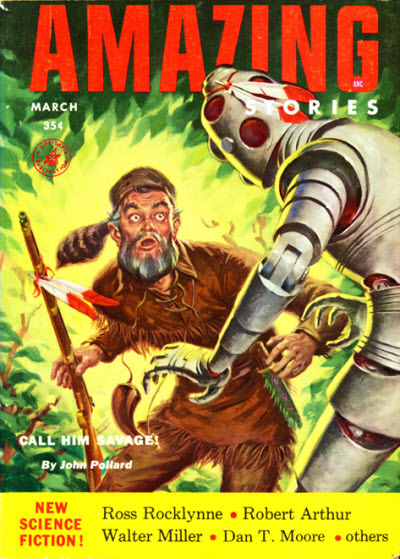
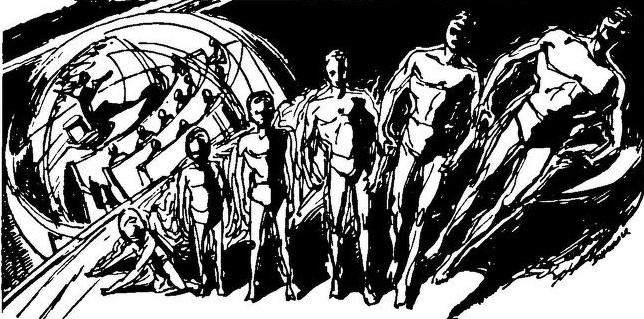
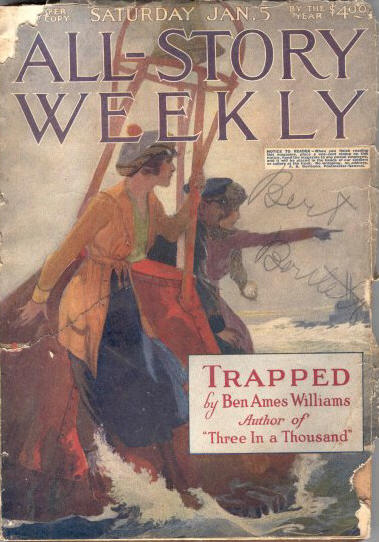
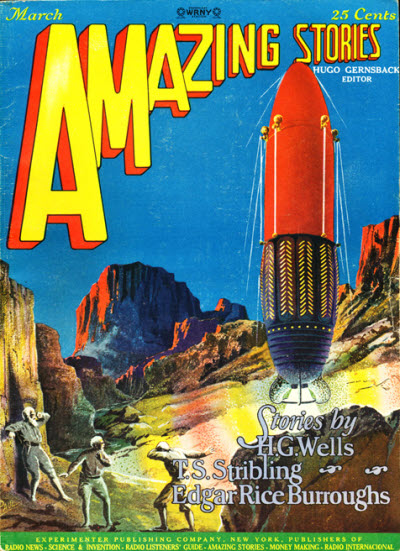
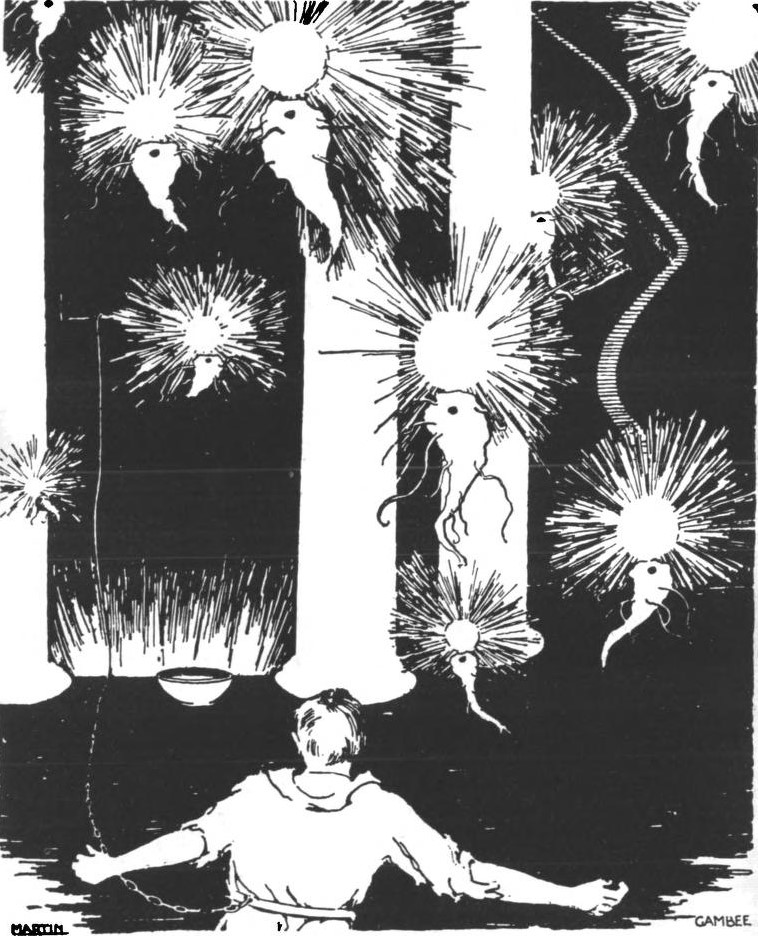
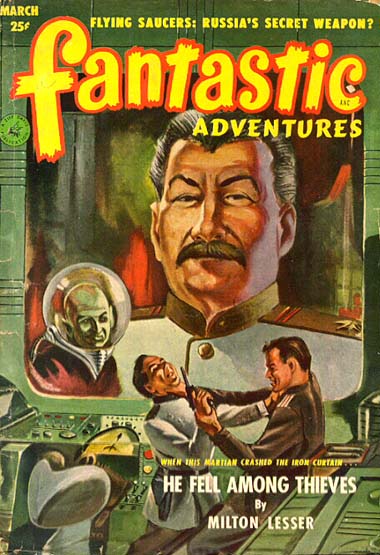
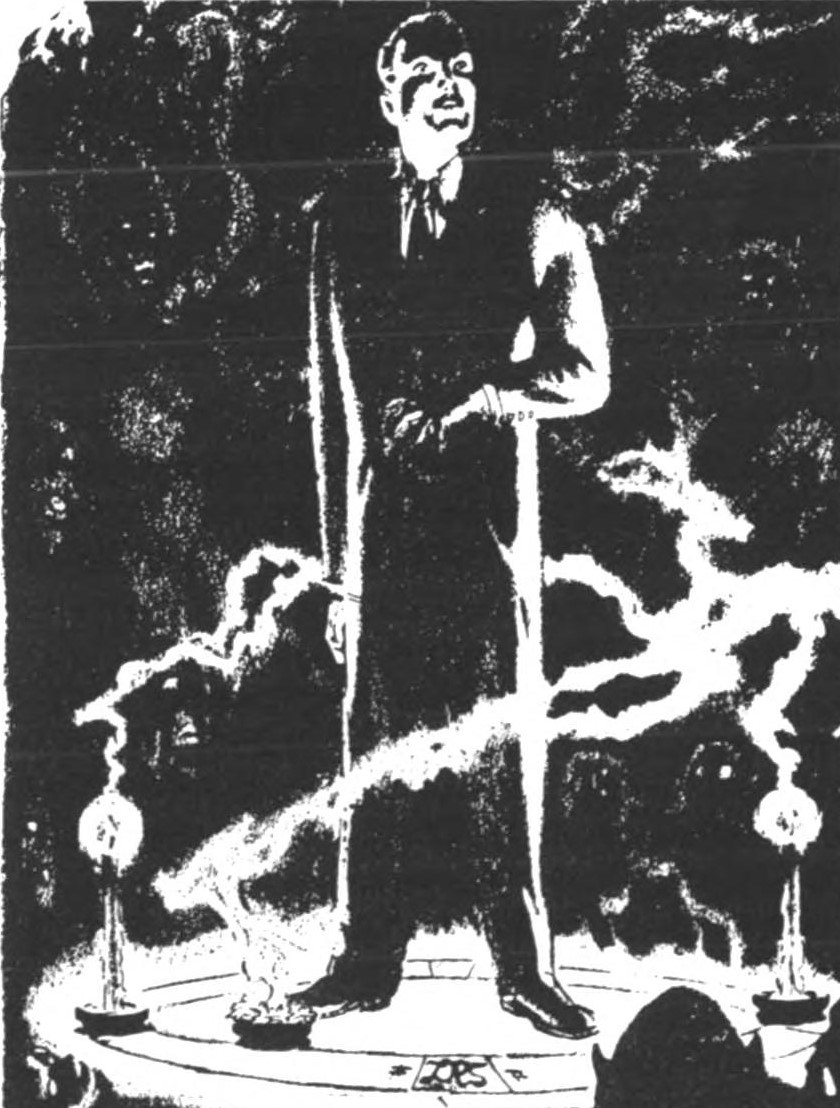
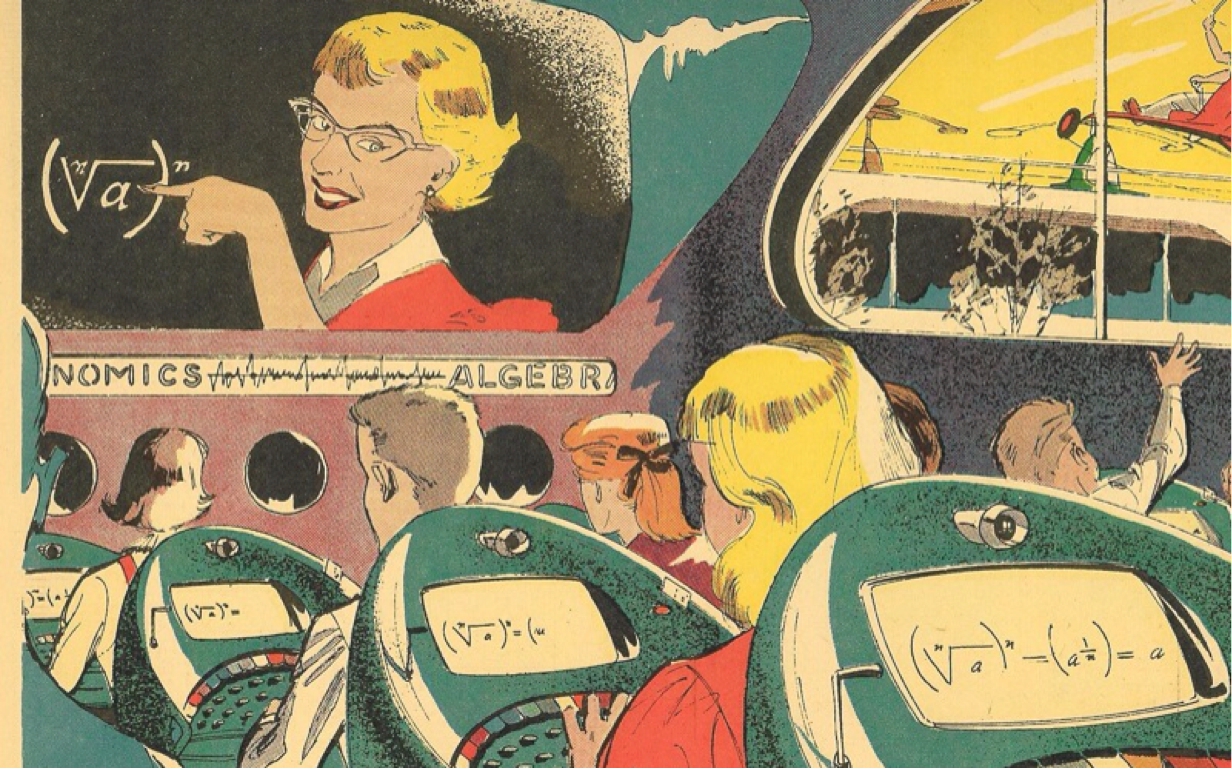
![[February 10, 1966] Within and without (Isaac Asimov's <i>Fantastic Voyage</i> and Samuel R. Delany's <i>Empire Star</i>)](https://galacticjourney.org/wp-content/uploads/2021/02/660210cover-672x372.jpg)

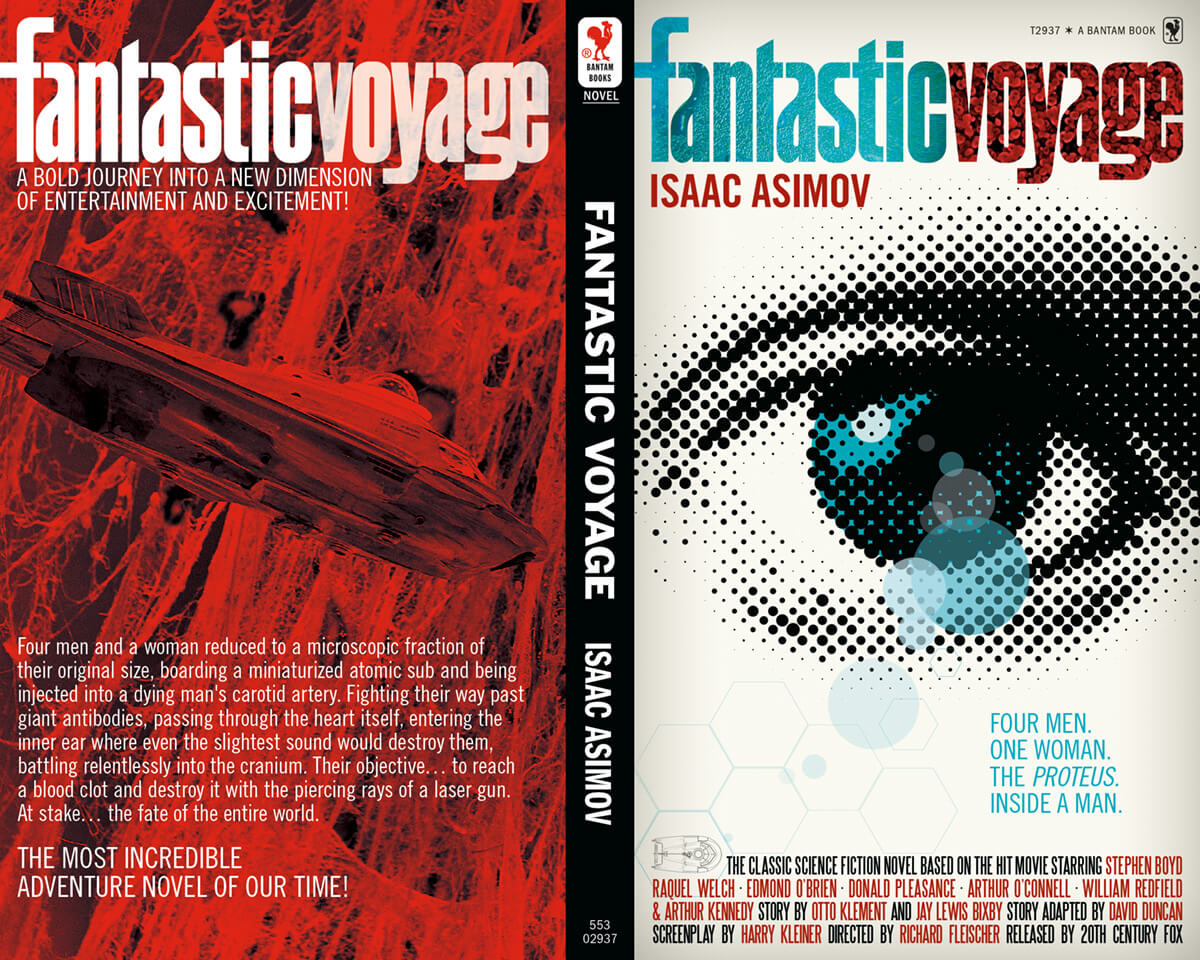


![[February 8, 1966] Feeling A Draft (March 1966 <i>IF</i>)](https://galacticjourney.org/wp-content/uploads/2021/02/IF-1966-03-Cover-641x372.jpg)

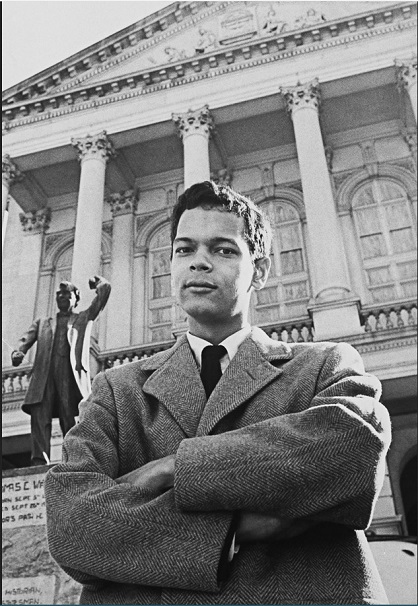
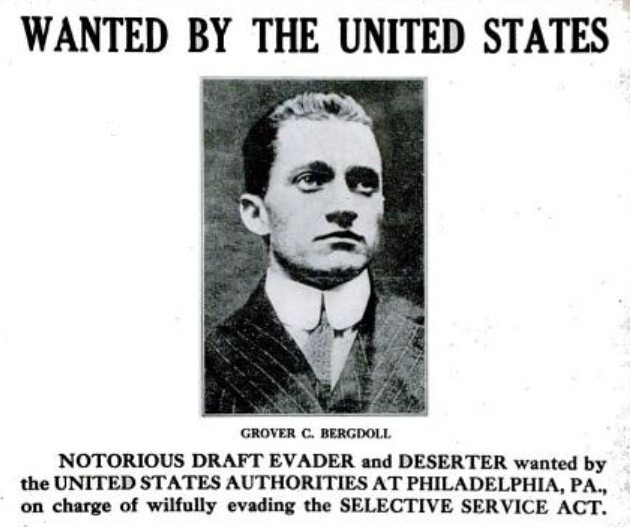
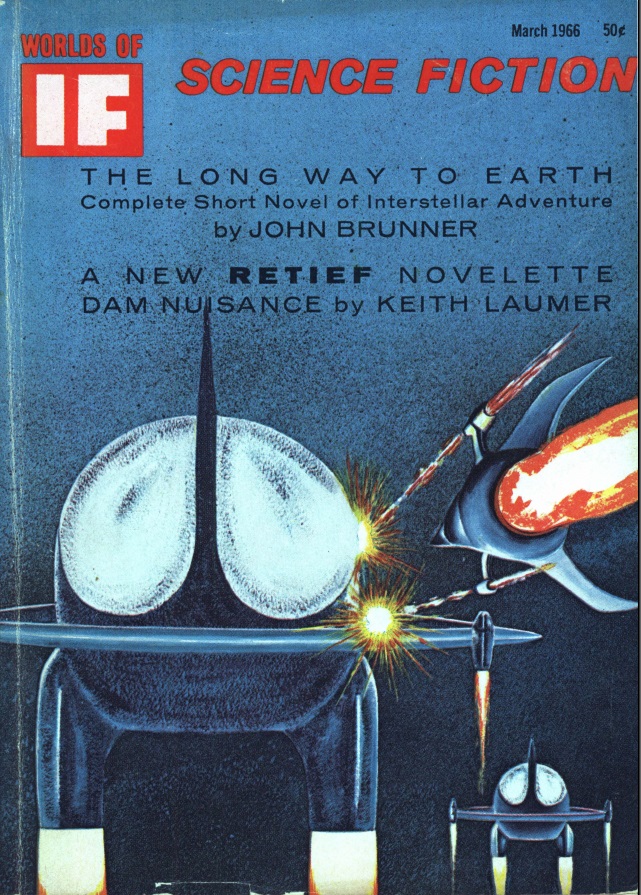
![[February 6, 1966] Hello, Stranger (exploring Space in Winter 65/66)](https://galacticjourney.org/wp-content/uploads/2021/02/660208luna9-539x372.jpg)










![[February 4 1966] What A Waste. What A Terrible Waste. (<i>Doctor Who</i>: The Daleks' Master Plan [Part 3])](https://galacticjourney.org/wp-content/uploads/2021/02/660204fleeing-672x372.jpg)


![[February 2, 1966] Death in the Fields: The <i>Lufthansa</i> Flight 005 Crash](https://galacticjourney.org/wp-content/uploads/2021/01/Convair-Wrack-1966-672x372.jpg)




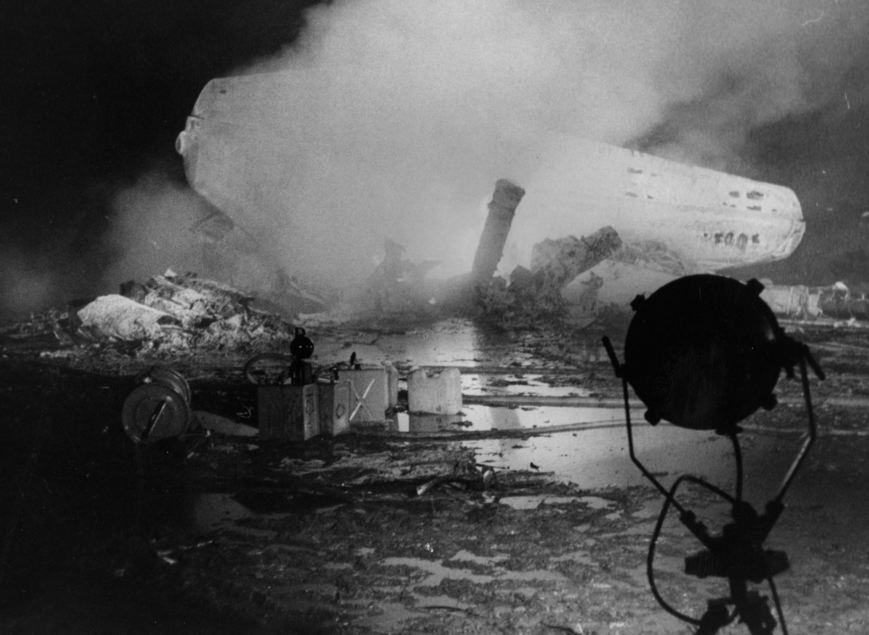
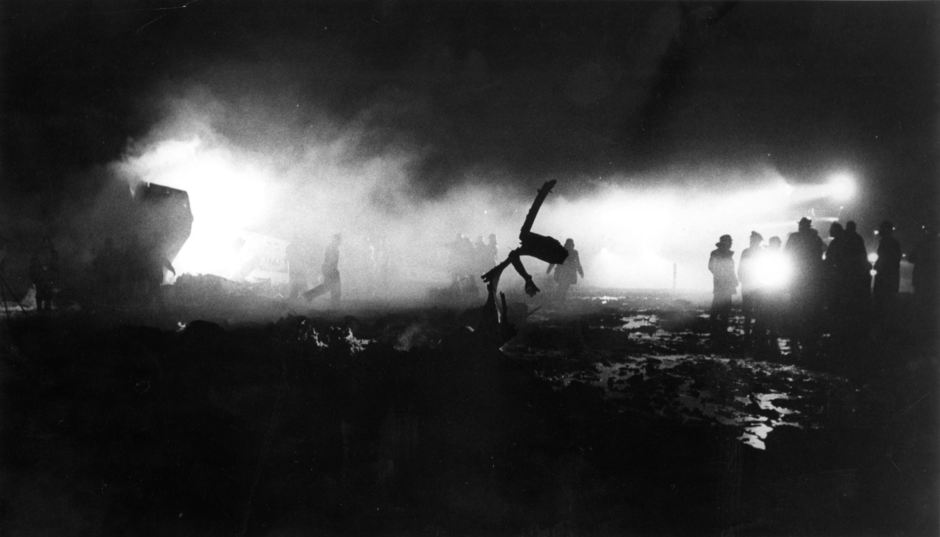



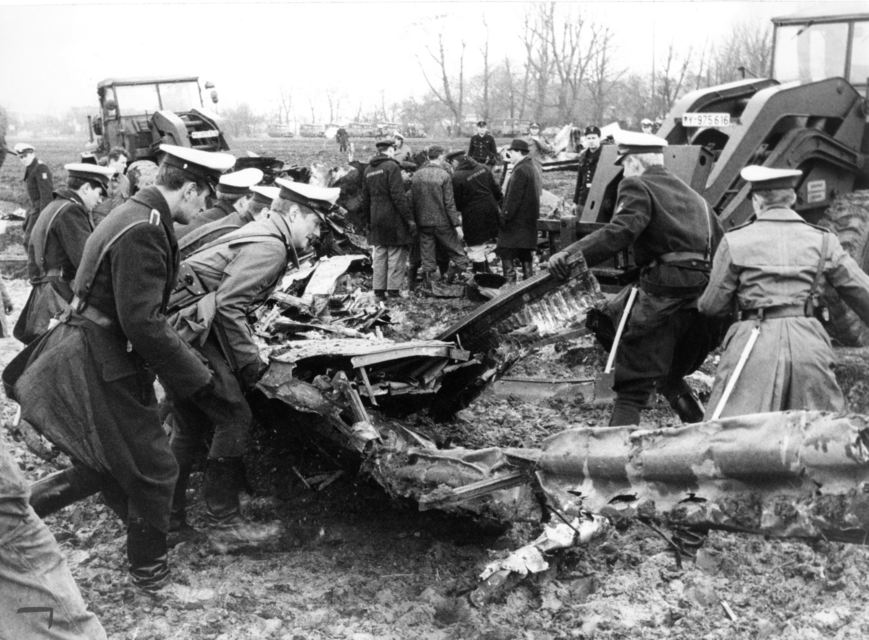
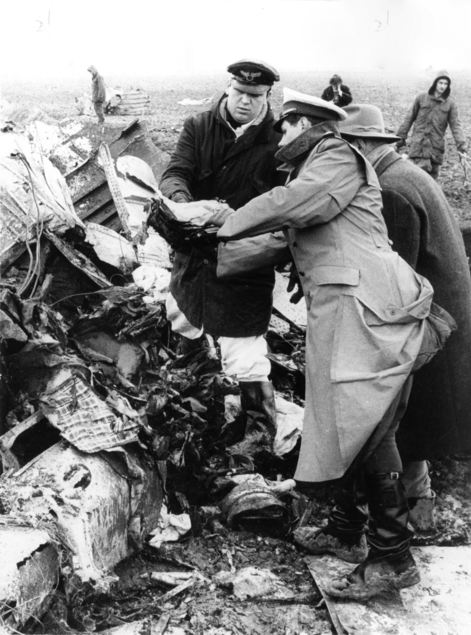
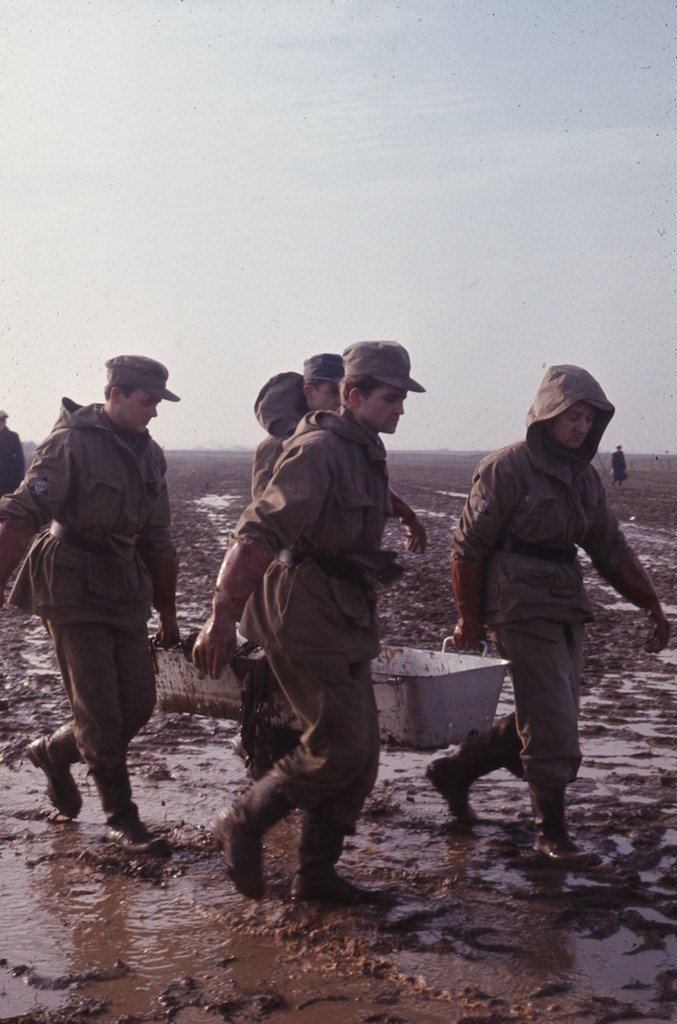
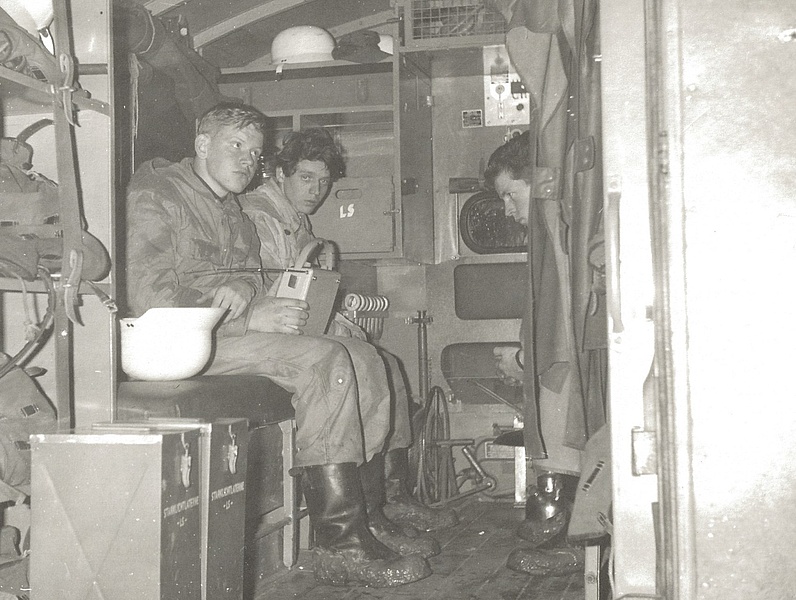

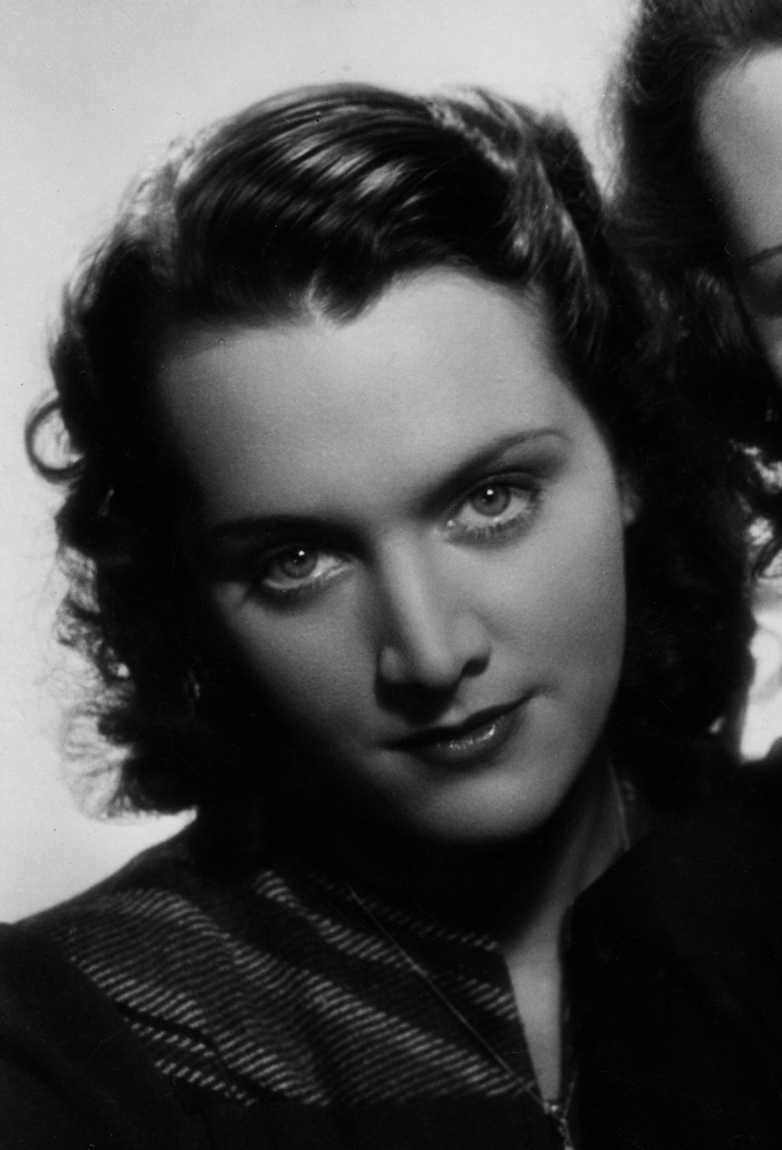
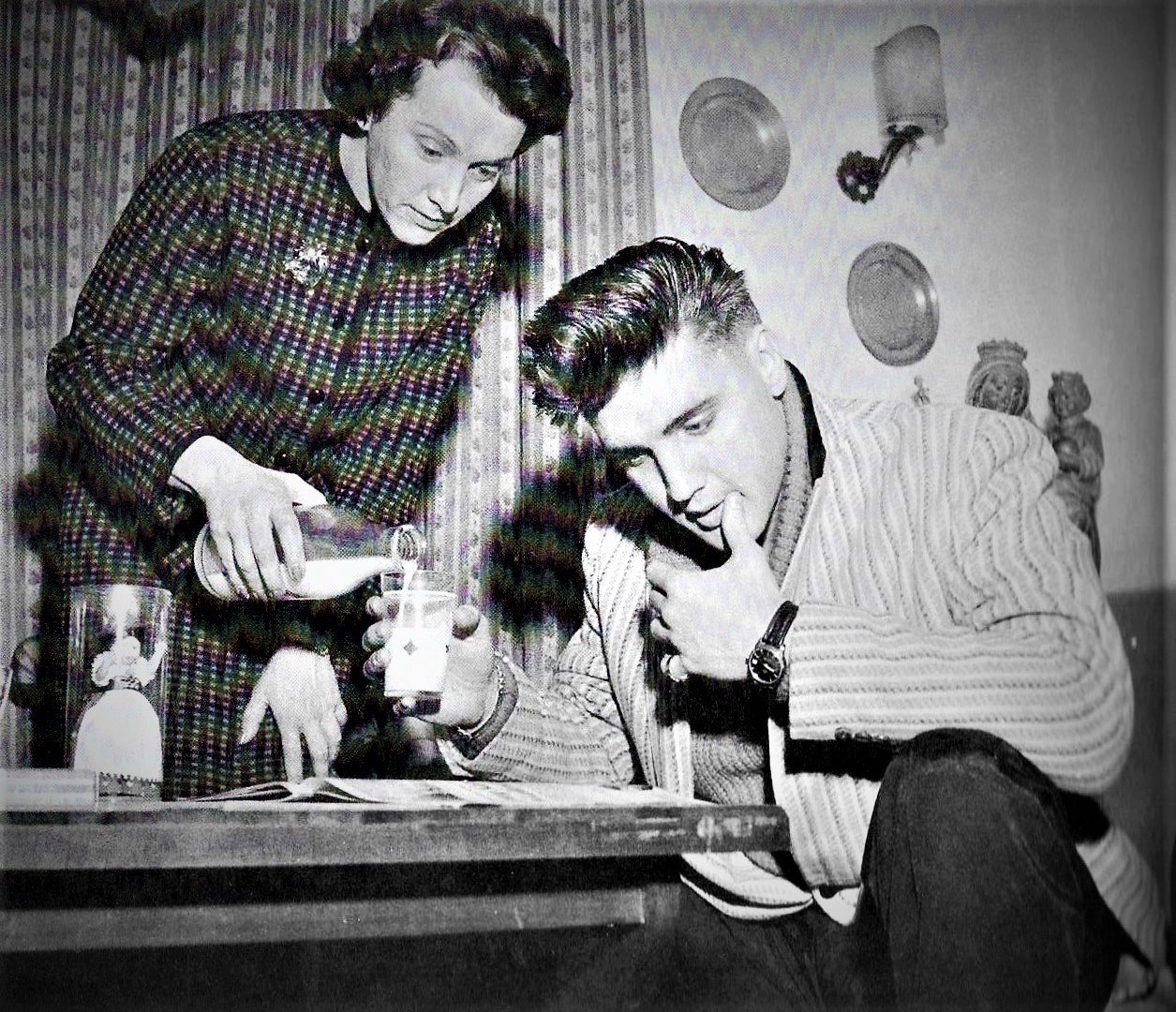
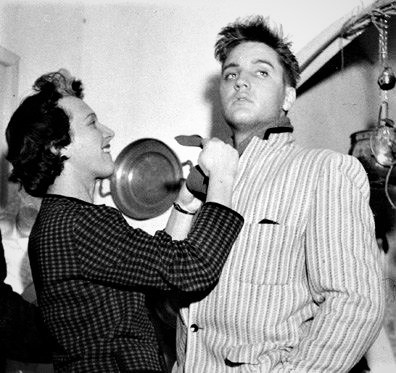
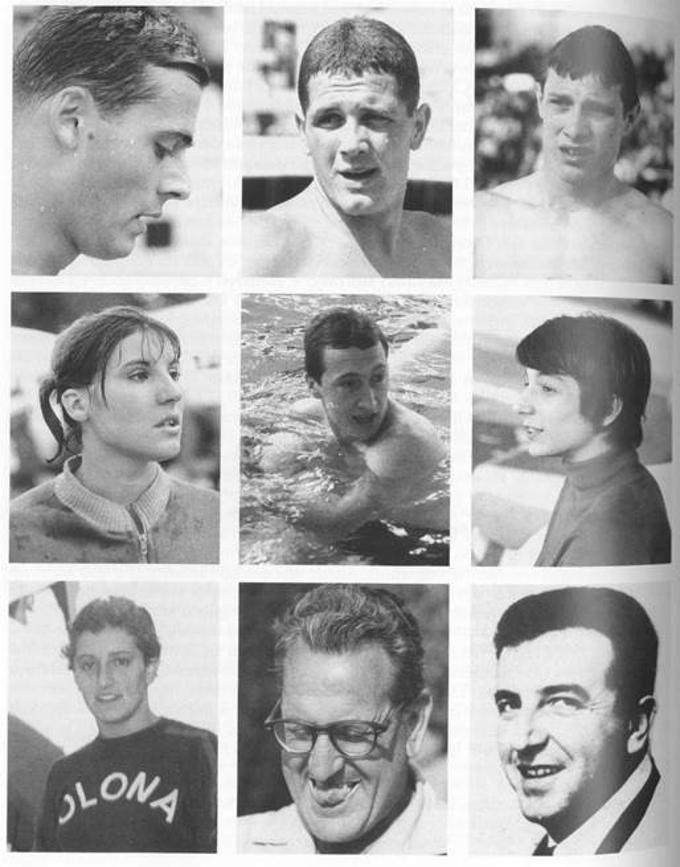
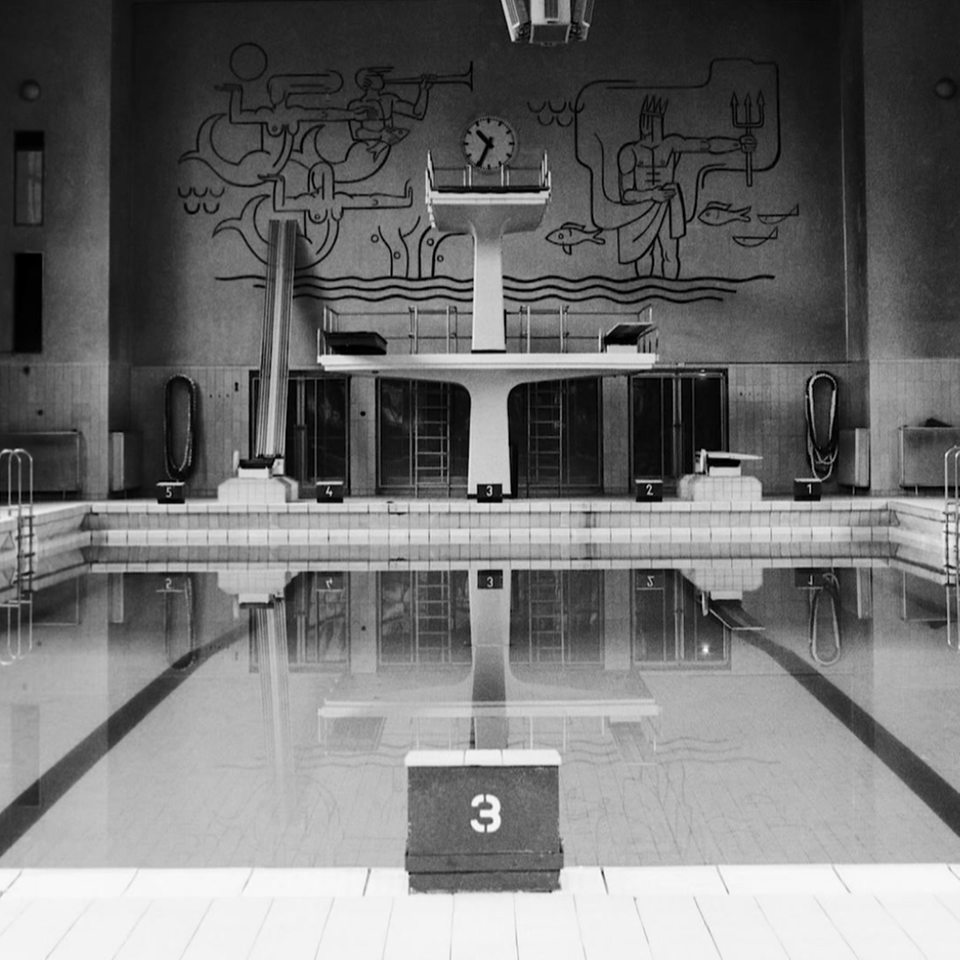

![[January 31, 1966] Milk of Magnesia (February 1966 <i>Analog</i>)](https://galacticjourney.org/wp-content/uploads/2021/01/660131cover-672x372.jpg)
